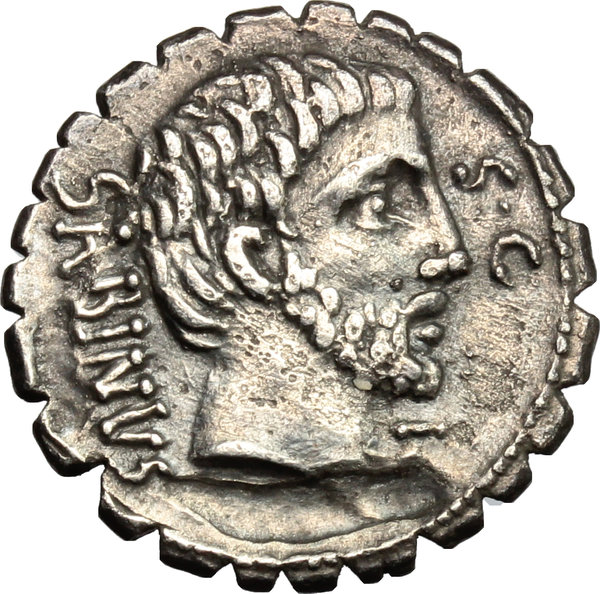"Sulla numismatica celtica esistono diverse opere di sintesi [3-7] ma purtroppo, a nostra conoscenza, nessuna opera recente in lingua italiana (a parte l'interessante lavoro di Gaspani [7] sugli aspetti archeoastronomici della monetazione celtica). Per il nostro quadro riassuntivo seguiremo il rif. [3], salvo ove esplicitamente indicato.I Celti iniziarono a battere moneta all'inizio del III secolo .C. Prototipi furono conii di vario taglio, emessi in ambito ellenistico (in alcuni casi anche romani). Si pensa che i Celti abbiano conosciuto la moneta per via dei cospicui pagamenti ricevuti dai loro mercenari, attivi in tutto il Mediterraneo. I pagamenti erano effettuati prevalentemente in moneta aurea. Ciò diede impulso alla coniazione di moneta propria, anche per necessità, da parte dei nobili, di avere un comodo mezzo per compie-re atti di munificenza o remunerare i propri soldati. Si trattò, inizialmente, di monete d'oro o d'argento e, solo inseguito, di bronzo o rame, essendo le prime riservate alla tesaurizzazione o a pagamenti ufficiali e le seconde (insieme a monete argentee di piccolo taglio) a pagamenti quotidiani."
Moneta e Identità in Gallia Cisalpina
Stefano M Spagocci



